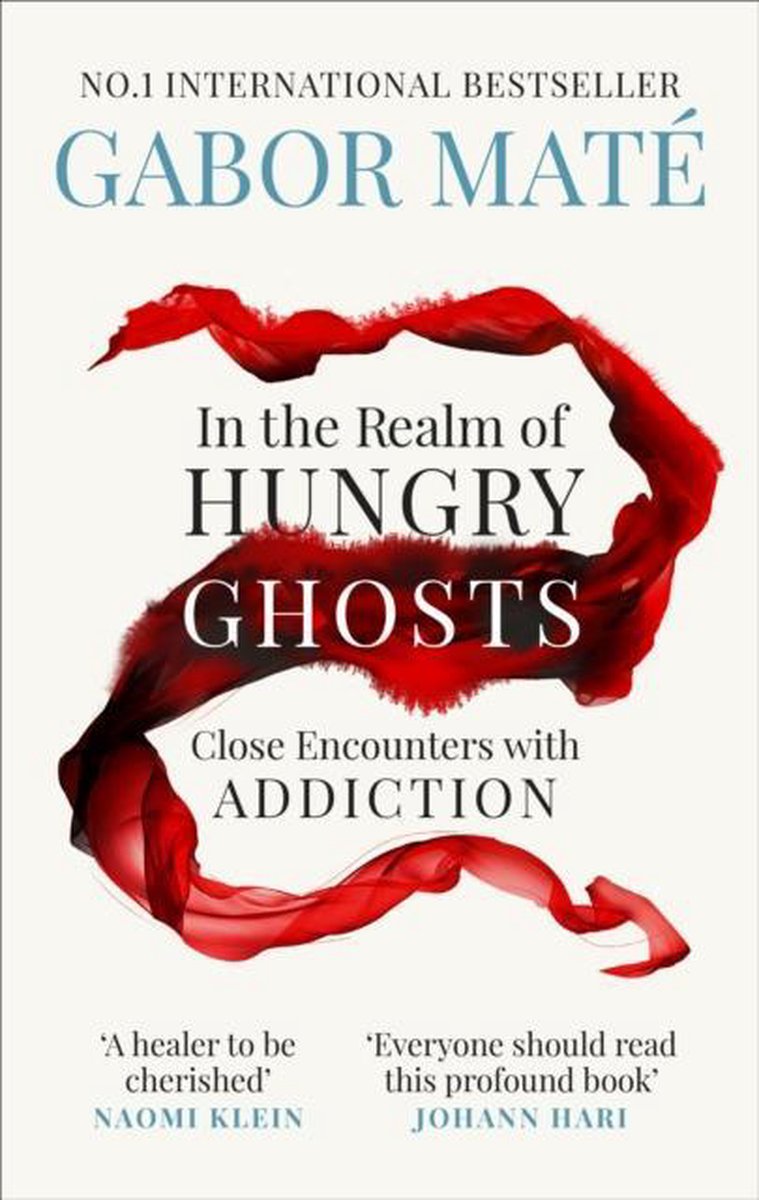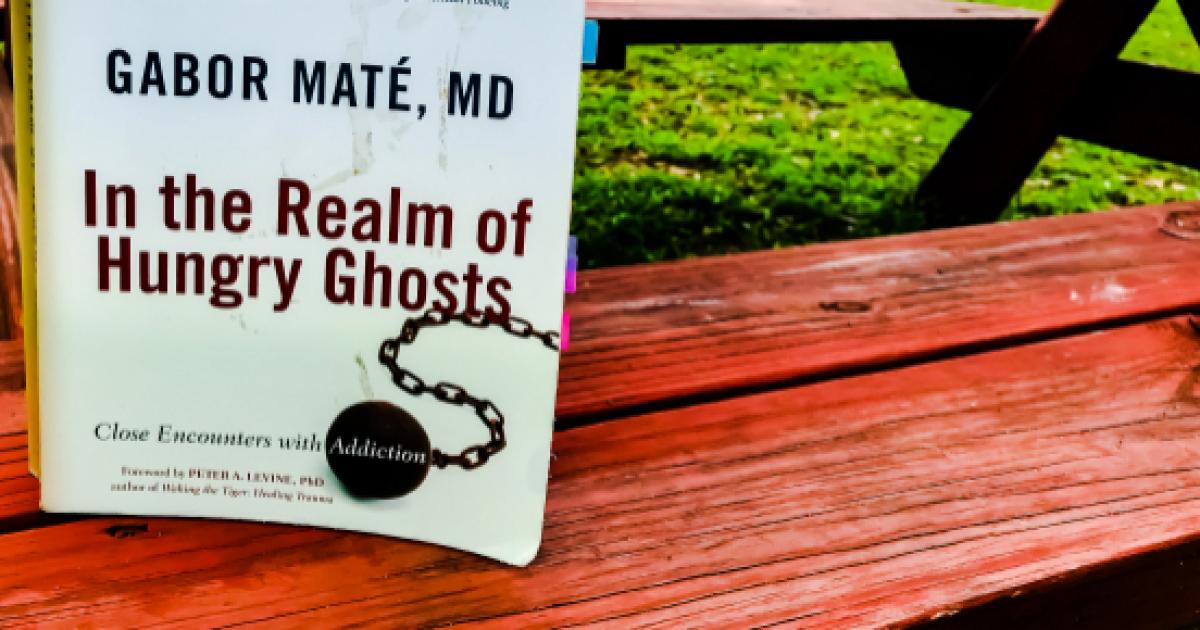
“Much of what we do arises from automatic programming that bypasses conscious awareness and may even run contrary to our intentions, as Dr. In the Realm of Hungry Ghosts: Close Encounters with Addiction When I did not write, I suffocated in silence.” To do so is healing for ourselves and for others not to do so deadens our bodies and our spirits. Its expression may flow through many channels: through writing, art, or music or through the inventiveness of work or in any number of ways unique to all of us, whether it be cooking, gardening, or the art of social discourse. The gods, we are taught, created humankind in their own image. The more I listened, the louder the message became: I needed to write, to express myself through written language not only so that others might hear me but so that I could hear myself. At first I could not say whether it was heartburn or inspiration.

The faint whisper of a word would sound in my head: writing. Maté then examines the current mainstream.“In the rare moments I permitted any stillness, I noted a small fluttering at the pit of my belly, a barely perceptible disturbance. the human brain continues to develop new circuitry throughout the lifespan, including well into adulthood, giving new hope for people mired in addictive patterns.these brain circuits develop, or don’t develop, largely under the influence of the nurturing environment in early life, and that therefore addiction represents a failure of these crucial systems to mature in the way nature intended and.addictive tendencies arise in the parts of our brains governing some of our most basic and life-sustaining needs and functions: incentive and motivation, physical and emotional pain relief, the regulation of stress, and the capacity to feel and receive love.



Maté presents an astonishing array of scientific evidence showing conclusively that: Turning to the neurobiological roots of addiction, Dr. He also shows how the behavioural addictions of society’s more fortunate members – including himself – differ only in degree of severity from the drug habits of his Downtown Eastside patients, and how in reality there is only one addiction process, its core objective being the self-soothing of deep-seated fears and discomforts. With his trademark compassion and unflinching narrative eye, he brings to life their ill-fated and mostly misunderstood struggle for relief or escape, through substance use, from the pain that has tormented them since childhood. Maté, who for twelve years practiced medicine in Vancouver’s notorious Downtown Eastside – North America’s most concentrated area of drug use, begins by telling the stories of his patients, who, in their destitution and uniformly tragic histories, represent one extreme of the addictive spectrum.


 0 kommentar(er)
0 kommentar(er)
